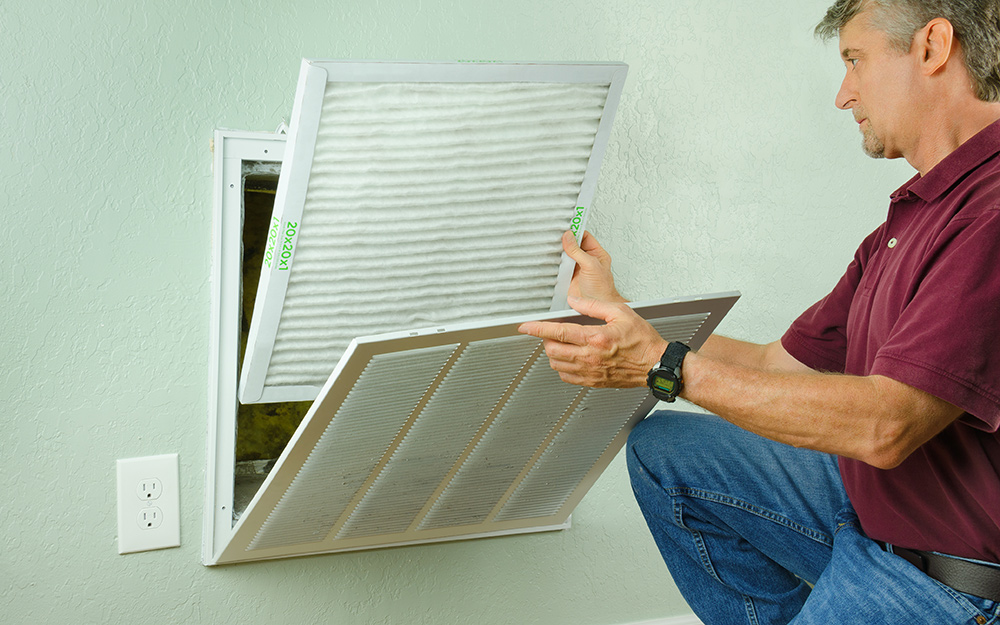What kind of filter should I get?
After you’ve determined whatever type of filter is best for you, you’ll need to determine which rating is best for you. Filters are scored on three different scales. The MERV scale, which stands for minimal efficiency reporting value, is utilized by both Second Nature and the National Air Filtration Association.
The MERV scale ranges from 1 to 16. Second Nature’s Essential, Essential+, and Health Shield filters have MERV ratings of 8, 11, and 13, respectively. Anything rated less than an 8 should probably not be in your home. Anything above a 13 is unnecessary, unless in extreme cases, which is why we provide the range we do.
FPR and MPR, which stand for Filter Performance Rating and Microparticle Performance Rating, are two other filter scales. The Home Depot devised the FPR scale for the brands it sells. The scale runs from 4 to 10, with a color designation for each range. MPR was created by 3M and has a range of 300 to 2800. The scale is based on the filter’s ability to catch particles with diameters less than 1 micron and is only found on 3M Filtrete filters.
We’ve included a conversion chart with MERV, FPR, and MPR so you know what you’re getting if you buy from somewhere who rates its filters using one of those less used systems.
Choosing the appropriate MERV rating for your home requires consideration of a number of personal considerations.

